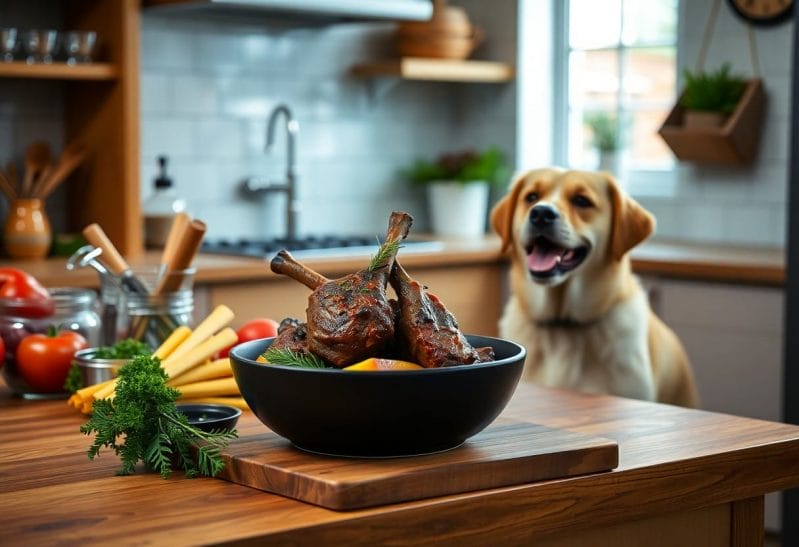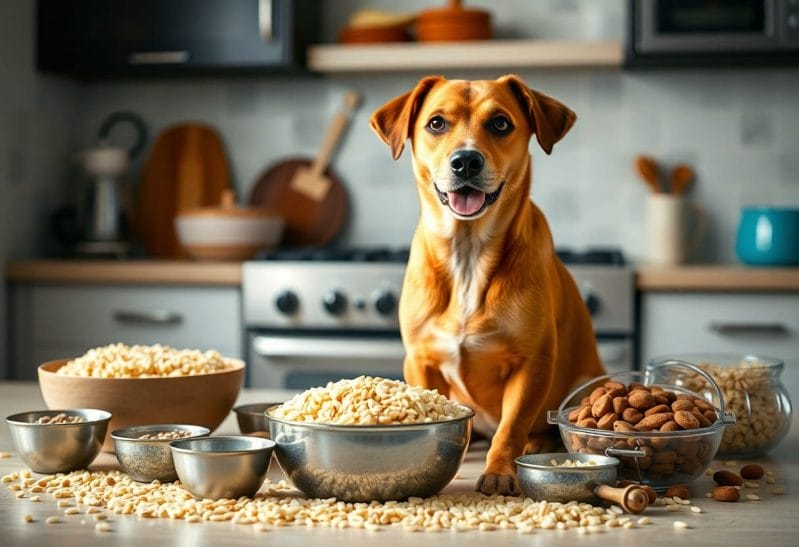With the importance of cattle health at the forefront of every farmer’s mind, it is crucial to recognize the signs of bloat in cattle and take immediate action when needed. Bloat is a common digestive issue that can quickly become life-threatening if not addressed promptly. In this informative guide, we will discuss the signs of bloat in cattle and provide you with necessary tips on how to take immediate action to ensure better cattle health. Stay informed, stay prepared, and keep your cattle healthy and thriving.
Key Takeaways:
- Know the signs: Recognize signs of bloat in cattle such as distended abdomen, difficulty breathing, and restlessness to take immediate action.
- Immediate action is crucial: Call a veterinarian immediately when you suspect bloat in cattle as delay in treatment can be fatal.
- Preventive measures are imperative: Implement strategies such as proper grazing management, introducing anti-bloat feed supplements, and monitoring cattle closely to prevent bloat in the herd.
Identifying Bloat
Types of Bloat
If you suspect bloat in your cattle, it’s crucial to identify the type to provide the appropriate treatment. There are two main types of bloat: frothy bloat and free gas bloat. Frothy bloat is caused by the formation of foam in the rumen, while free gas bloat is due to an obstruction in the esophagus or pressure on the rumen preventing the release of gas.
| Frothy Bloat | Free Gas Bloat |
| Caused by foam in the rumen | Due to an obstruction in the esophagus |
| Symptoms include distended left flank | Distended right flank is common |
| Treatment involves administering anti-foaming agents | Passage of a stomach tube may be necessary |
| Prevented by avoiding high-fiber diets | Managing diet and ensuring adequate water intake |
Common Symptoms
One of the key indications of bloat in cattle is a visibly swollen abdomen. This swelling can cause discomfort and pressure on surrounding organs, leading to respiratory distress. Other common symptoms include excessive salivation, frequent attempts to regurgitate, and restlessness.
For instance, if you notice your cattle repeatedly extending their necks, kicking at their bellies, or showing signs of discomfort when lying down, it’s crucial to investigate further for possible bloat. Immediate action is necessary to prevent further complications and ensure the welfare of your cattle.
Causes of Bloat
Dietary Factors
Some common dietary factors that can contribute to bloat in cattle include rapid consumption of lush, high-protein forages such as legumes or early growth grasses. Other culprits may include diets high in grain, feed additives, or finely chopped feeds that can ferment quickly in the rumen.
- Overconsumption of grain
- Ingestion of frothy feeds
- Presence of molds or mycotoxins in feed
Perceiving the warning signs of bloat early on can help prevent serious health complications in cattle.
Environmental and Genetic Influences
The development of bloat in cattle can also be influenced by environmental factors such as weather changes, pasture conditions, and genetic predispositions. Cattle grazing on lush pastures or being abruptly switched to a high-grain diet are at increased risk for developing bloat.
To manage and reduce the risk of bloat in cattle, it is crucial to carefully monitor their diet, gradually introduce new feeds, and provide access to plenty of fresh, clean water at all times.
Management and Prevention
Feeding Practices
The key to preventing bloat in cattle is managing their feeding practices. The most important factor to consider is the type of diet provided to the cattle. Avoid sudden diet changes, especially when transitioning from dry to lush pastures, as this can disrupt the balance of bacteria in the rumen and lead to bloat. Ensure that cattle have access to high-quality forage and introduce grains gradually to allow the rumen to adjust.
Proactive Health Measures
Any signs of bloat should be taken seriously, and immediate action must be taken to prevent severe consequences. Proactive health measures such as administering bloat remedies, providing access to fresh water, and monitoring cattle closely during high-risk periods can help prevent bloat from occurring. It is necessary to have a veterinarian’s contact information readily available to seek guidance in case of emergencies.
Feeding cattle a balanced diet with proper management practices is necessary for preventing bloat. Ensure that cattle have access to a consistent and quality feed source to maintain a healthy rumen environment. Monitoring cattle regularly for signs of bloat and addressing any issues promptly can help prevent bloat outbreaks in the herd.
Emergency Response and Treatment
Once again, understanding the signs of bloat in cattle can help you respond promptly and effectively in an emergency situation. Quick action is imperative in saving the life of an affected animal.
Immediate Actions to Take
An immediate action to take when you suspect bloat in cattle is to remove the animal from any feed sources and water. This can help prevent further gas production in the rumen. Next, contact your veterinarian immediately for professional assistance. Walking the animal slowly and gently massaging its left side may also provide some relief.
Long-term Health Interventions
Longterm health interventions for cattle prone to bloat include dietary management and grazing practices. It is imperative to introduce dietary changes gradually to prevent sudden shifts that can trigger bloat. Ensuring a consistent and balanced diet, along with providing access to clean water and mineral supplements, is crucial in preventing bloat in the long term.
Interventions such as using bloat prevention products or incorporating bloat-reducing agents into the cattle’s feed can also be considered under the guidance of a veterinarian. Implementing rotational grazing and monitoring cattle closely during times of high bloat risk, such as when transitioning to lush pastures, can help reduce the likelihood of bloat occurring.
Conclusion
Now that you are aware of the signs of bloat in cattle and the importance of taking immediate action, you can play a crucial role in ensuring better cattle health. By regularly checking your cattle for symptoms, providing access to proper nutrition and grazing, and being prepared to act quickly with treatments such as anti-foaming agents or a veterinarian’s assistance, you can prevent serious consequences and even save the lives of your animals. Stay vigilant, educate others, and always prioritize the well-being of your cattle to maintain a healthy and thriving herd.
FAQ
Q: What are the signs of bloat in cattle?
A: Bloat in cattle can be recognized by signs such as distended abdomen, difficulty breathing, excessive drooling, frequent lying down and getting up, and rapid weight gain.
Q: What causes bloat in cattle?
A: Bloat in cattle is commonly caused by the accumulation of gases in the rumen due to excessive fermentation of food, ingestion of legumes like clover or alfalfa, rapid consumption of lush forages, or a blockage in the esophagus preventing gases from escaping.
Q: How can immediate action be taken to treat bloat in cattle?
A: Immediate action for bloat in cattle includes walking the animal to reduce gas buildup, administering mineral oil or a bloat treatment product, contacting a veterinarian for a stomach tubing procedure if necessary, ensuring access to fresh water, and monitoring the animal closely for any signs of distress.











